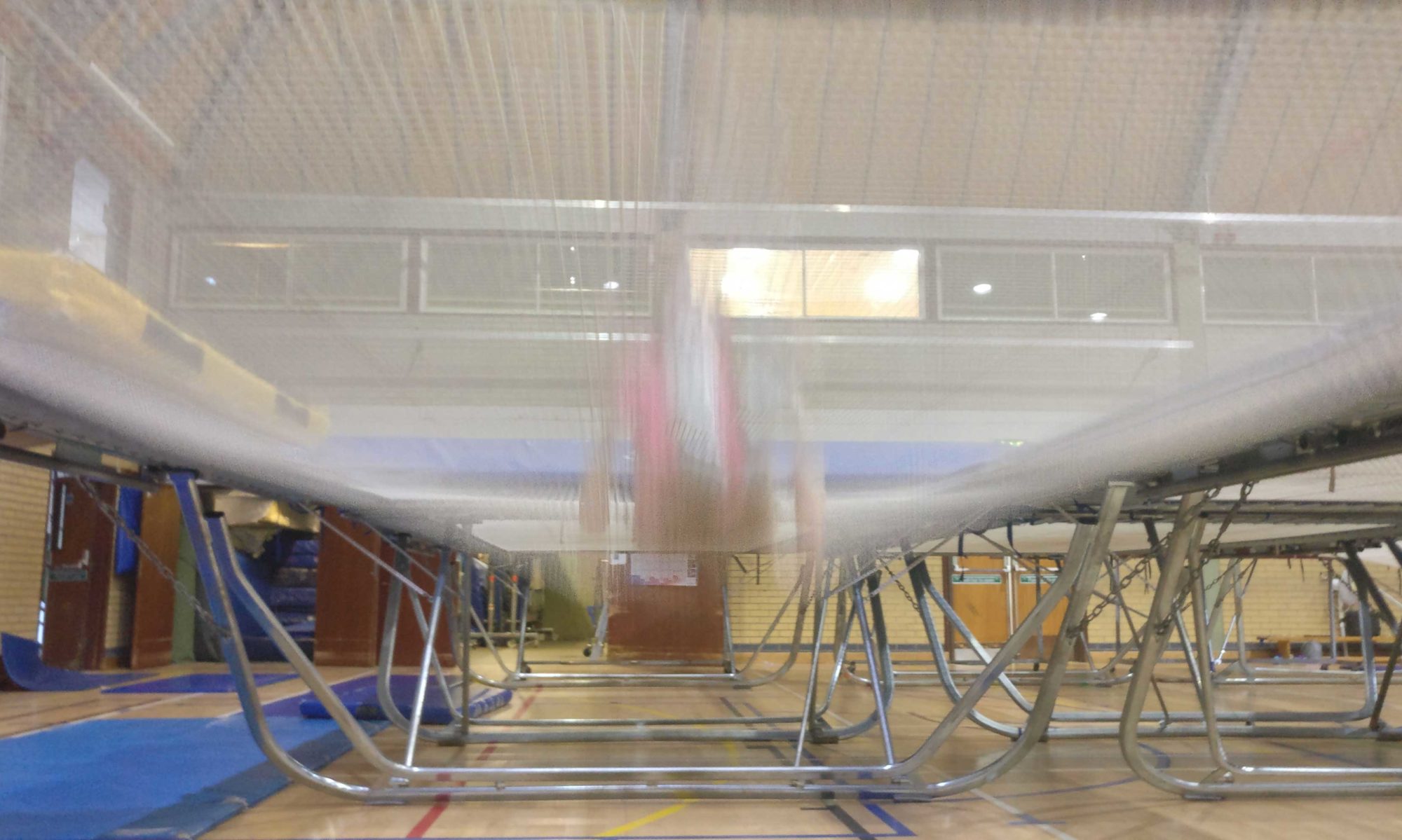Living in a legal age
This very useful article used to be available elsewhere on the internet but was missing when I last clicked through so is recreated here – full acknowledgements go to Richard Ollerenshaw the original author.

“Everybody in my family follows the medical profession,” said John.
“They’re all lawyers.”
“Did you hear about the lawyer hurt in an accident? An ambulance backed up suddenly.”
This article is not legal advice; a lawyer could probably pick holes in it. For accurate advice, contact your local NGB and coaching federation. But this article will give you an idea of what goes on. It will show you how you can help protect your club from the damage done by our overgrown legal systems:
- Step One: know their tricks.
- Step Two: know what you are liable for.
- Step Three: help break the cycle of secrecy that keeps people getting injured.
- Step Four: change the future.
Step One: know their tricks
The impact of today’s litigious society goes far further than annoying coaches, or even pushing up session fees. It is damaging the sport for the participants.
Many of you will have experienced the pain of being sued. Suddenly you call into question everything you’ve done. Were you dangerous? Were you a bad coach? Could you have done more? Will you lose your house? What will you do next? Should you stop coaching?
In a few cases of serious injury and negligence, these questions are right. But most litigation revolves around minor injuries where the coach did nothing wrong. Today’s no-win, no-fee lawyers have a careful and well-proven strategy: fear.
In 1997 Janice (name has been changed) received a series of letters threatening immediate legal action which ‘would lead to significant damages’ to be paid. Two years previously, a child had been dropped off outside the sport centre where Janice was due to start teaching in 30 minutes. The child had entered the sports hall and begun playing tig, when she tripped and received a cut to her scalp which required one stitch, before healing completely.
Janice contacted her insurers, who informed her that since they were not informed of the accident at the time, they could not cover her. There are no, ‘no win, no fee’ solicitors to defend sports coaches. After receiving no help from the BTF, she had to defend her actions herself.
The next letter informed her she had been negligent and explained she must admit liability if she did not want huge damages made against her. The letter made no note of what would happen if she admitted liability. Janice re-iterated what she had explained, and after a series of letters lasting two years, the solicitors quietly disappeared, with no compensation for her pain or lost time.
The solicitors had been looking for a ‘cheap settlement’; misleading the target into admitting liability and then demanding cash. They knew all along there was no case.
As a result of the stress, Janice shut the hugely successful club, doubling the cost of trampolining for the 300+ members. Only now, in 2001, is she contemplating re-opening.
Step Two: Know how it works
Coaches, as experts responsible for their sessions and the equipment, bear a legal responsibility to ensure the safety of participants and anyone else who might be affected by their actions. In practice this has been extended by the courts who are willing to declare coaches negligence in many more cases than most people, or even coaches, expect:
- People break in and injure themselves trying to put out a trampoline.
- Courts deem coaches responsible for not locking trampolines securely enough. Coach has responsibility to ensure safety of everyone and should foresee the risk of a criminal breaking in.
- Child breaks arm performing a front drop.
- Courts accept the advice of a few expert witnesses; there is nothing to stop the expert witness working for the highest bidder. It doesn’t take an expert to find any number of actions which might have prevented the accident (for example not teaching the front drop). In the court, safe coaching practice is hard to define. It may come down to a lottery of who the expert supports. Coach has responsibility to ensure the safety of the participant and is liable if there is a forseeable risk of the accident.
- Spotter breaks arm stopping a performer falling off.
- The court may investigate whether the spotter was trained, and physically capable of carrying out the duties of a spotter. Coach has responsibility to ensure the safety of all people, including those stood by the trampoline.
- Child turns up without money (again) and is refused admission.
- A court in the UK is currently attempting to determine if the coach/club’s duty of care extends to everyone who turns up, and until they are back in the care their parent.
What makes these cases ridiculous is they define the duty of care so widely and strongly that it is impossible to create a safe situation according to the law. Basically, it makes it impossible to run a sports club without running the risk of breaking some rule (even one which hasn’t yet been thought up, but which a coach ‘should’ have expected.
It makes no allowance for the fact that even with the best coaching and best equipment, given long enough, accidents will still happen which could have been prevented. The cynical would say, the only way to prevent these accidents is to stop allowing anyone in. Unfortunately, that is what may well happen if the current exponential rise in claims continues.
It certainly makes no allowances to the fact that by definition, only one club will ever be able to have the safest facilities, and so by definition, only one club will ever be exhibiting ‘best practice’. The fantastic equipment safety at the Gillingham Rebound Centre is out of reach of most clubs. If all clubs were to introduce this, it would price sport so highly that only the rich could take part. Many children would not experience the sport if all clubs had to buy the safest equipment; they trade a tiny fraction more risk for the opportunity to take part.
But the law makes no exceptions for deprived areas; no-one, neither parent nor child can give up their right to sue later, even by signing disclaimers. Equipment is easily quantifiable in court and so while despite being much less important than quality coaching, it is the area which receives most attention. And again, this lack of understanding increases the number of accidents by diverting attention away from the real challenges of coaching safely.
Step Three: Help break the cycle of ignorance
The idea that someone is to blame for everything has pervaded our society. Even the blameless word ‘accident’ is now used in the agressive marketing of lawyers. The following is the main advert from a leading personal injury litigator: “If you’ve had an accident in the past three years and it wasn’t your fault…”
It follows that everything which happens on a trampoline which isn’t the child’s fault (or even if it is) is the fault of the coach. The coach is at fault if anyone is injured. Of course a primary aim of coaching is to avoid injury, but it does not follow that a coach is necessarily at fault for an injury.
This attitude that the coach has failed in the event of an injury naturally leads all but the strongest coaches to keep quiet about injuries. It is rare that anyone ventures experience of an injury or potential injury at one of their sessions at coaching courses. To injure is bad. Keep quiet. People will think you are bad.
This attitude destroys the possibility of healthy professional development of coaches. The needs of coaches are ignored; all coaches should be perfect the day they step off the coaching course. The fact that coaches can make mistakes too is lost; a mistake (or error of judgement) is strong grounds to sue your coach. The result: coaches don’t admit mistakes. They don’t discuss accidents. The result of that: more accidents.
The BTF Code of Conduct states that all accidents are to be notified to BTF central office. This communication stream has virtually dried up. The result of this is that trends cannot be recognised and corrected; the content of coaching courses is guessed at and the code of conduct is a few people’s guess at what will help.
An open culture, unafraid of litigation, would aid the development of our current and future coaches, and help guide the development of our sport. This has been destroyed by the single-minded money-making industry that is our civil law.
Two things can reverse this vicious circle. Civil law could be overhauled as discussed below, or coaches could find ways to sidestep the embarassment and fear experienced in discussing accidents. With the first being a remote prospect, ending the dirty word treatment of ‘accident’ must be our way forward.
Help restore knowledge to the sport. You know what’s happening in reality, share that knowledge for the good of everyone. click here to join the program.
Step Four: Change the future
One day, the law will change; it is in everyone’s interest (except the lawyers). To do this will need pressure from coaches and other professions that is stronger than that from lawyers. It will need an education effort to explain the realities to ordinary people.
One day:
- There will be a minimum degree of injury to claim compensation (it will not be possible to sue over a paper cut)
- The ability and intention of the coach will be considered in addition to their track record
- The inherent risk of the sport will be recognised and the plaintiff will need to show the risk they were placed in was greater than normal
- The plaintiff will have to inform the coach of an intention to sue within a few weeks, so the coach can remember what happened
- Coaches will receive the same access to legal assistance as is provided to plaintiffs
- Solicitors who issue letters announcing their intention to sue will have to pay compensation if they later drop the claim
By joining the program above you will keep abreast of changes in the law, and how to help change the future. At the same time, you will help improve safety in trampolining, despite the wrecking efforts of the lawyers.
In the meantime you can help protect yourself by:
- Following recommended practices in your coaching
- Keeping accurate records of accidents which happen (however minor)
- Checking your insurance (and the small print)
- Wrapping everyone in cotton wool and telling them to sit and watch you (be careful not to injure yourself and thereby cause mental distress!)
©2001 Richard Ollerenshaw

